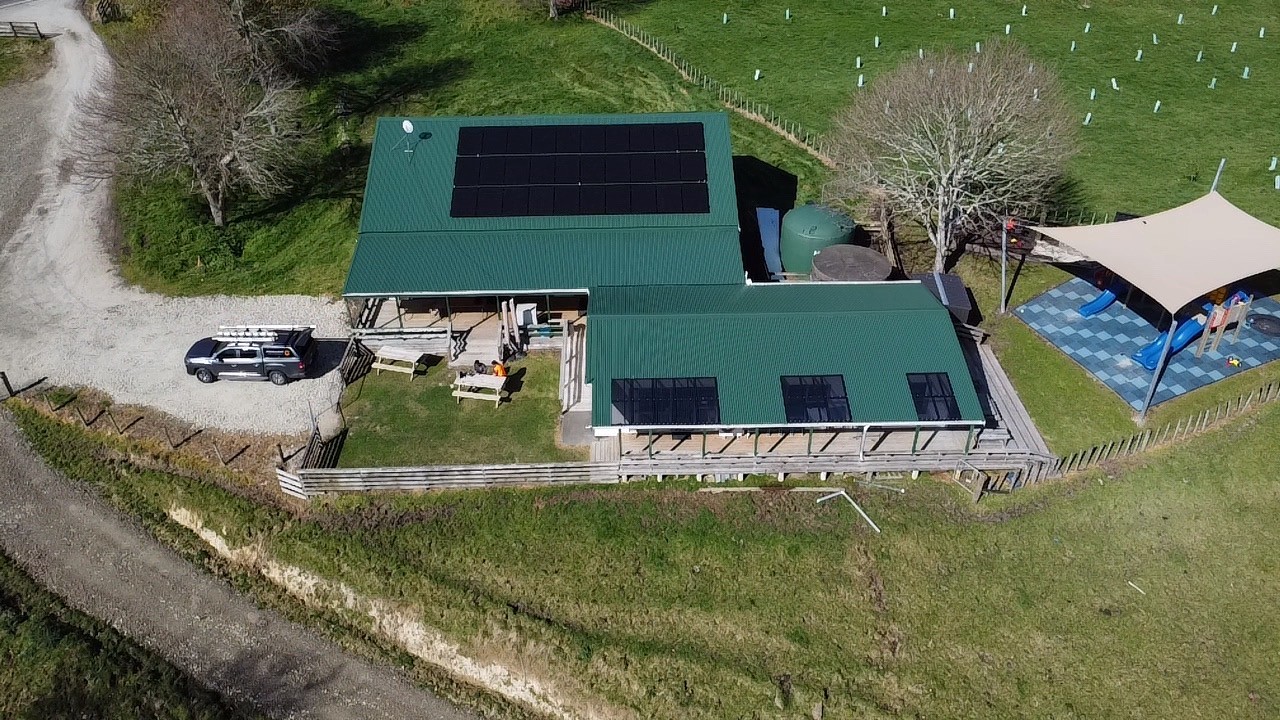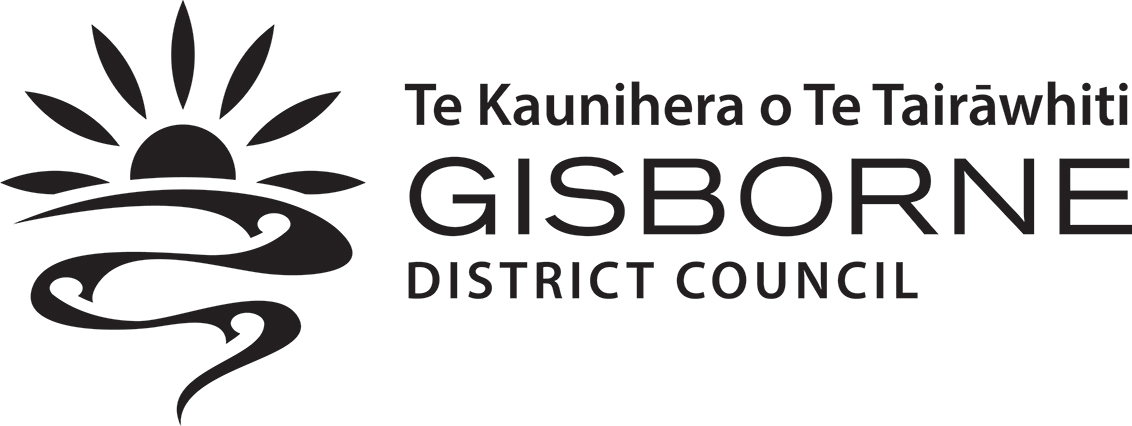14 February 2025
Following Cyclone Gabrielle, communities were encouraged and supported to develop recovery plans to identify and prioritize their needs. Funding was made available through the Council to support these plans.
Tiniroto was one of 25 communities that embraced this opportunity as part of the region’s pathway to recovery from Cyclone Gabrielle.
After the cyclone, the Tiniroto community was cut off due to the closure of Tiniroto Road, the instability of the Hangaroa Bluffs, the loss of 3 bridges, and widespread damage to the local roading network.
Like many other communities, they faced power outages, loss of communication, and no access to essential services. Farming, a crucial part of the local economy, suffered with landowners reporting slips, destroyed fences, and damaged farm tracks.
The challenges faced by the community led Kirsty Playle and the Tiniroto Community Association to coordinate the development of the Tiniroto Community Led Recovery Plan.
“We thought it would be great to determine what support we needed as a community. It also made a work plan for us to tick off,” says Kirsty. “It was also a good way for Council to be aware of what our community needed in the immediate and long term.”
Tiniroto’s plan makes it clear that the community is committed to supporting each other in times of need and being resilient and self-sufficient. The Tiniroto community hall, managed by volunteers, sits at the heart of this desire.
The hall acts as a hub for emergency supplies, education, community events, and social occasions.
It recently received a new roof through DIA Lottery Recovery funding and a solar power fit-out through MBIE’s Community Renewable Energy fund, designed to support community sites used during Cyclone Gabrielle. The hall now has a backup generator, emergency radios, and is stocked with resources for the community to use.
“We are definitely well-equipped now and can run off-grid,” says Kirsty. “Civil defence is all setup, we have first aid at the hall, and our fire brigade is up and running again.”
Kirsty says they continue to provide events, although sometimes it’s a struggle to secure ongoing funding. “There is often funding available to establish something, but not to continue to maintain it,” she says.
Next on the list is a plan to replace the community hall’s windows and doors, with a funding application already submitted.
The plan also highlights the importance of a robust and well-connected roading network to enable their community to survive and thrive. The community now has more clarity on the future following news from Council that bypassing the Hangaroa Bluffs is the preferred option to add resilience to their main route to town.
Two years on from the cyclone, Kirsty says that people are still frustrated. Things are changing, but the scars of the cyclone remain.
“People are still struggling with things like getting trucks into their properties, but we are getting there, and things are slowly getting done.”
While she and the community wish the wait for road repairs and bridges wasn’t so long, Kirsty is quick to acknowledge the funding that has been provided.
“We are lucky that we have the money for the road and bridges. We’re in a pretty good position, really.”
A proactive approach to catchment planning and creating healthy and resilient waterways was another key priority for Tiniroto. Progress on this priority is moving forward, with Tairāwhiti Wai Connection coordinators, supported by Tairāwhiti Environment Centre, holding a spotlighting event for the Tiniroto community to share insights into waterway health and management. The establishment of a catchment group is also underway.
Another key priority for the community was ensuring support for local families and their small rural school. The community raised $80,000 for a school bus after it lost Ministry of Education funding because the St Leger bridge was out. “It’s great to have our minibus,” says Kirsty. The Mayoral Relief Fund is now helping to keep the bus going until the bridge is fixed and the Ministry can fund the route again.
Reflecting on the community recovery plan and what’s been achieved to date, Kirsty says, “I definitely feel like we’ve become a more tight-knit community. We are in a much better position to be prepared for future events, and we are on the journey to having the new road built and bridges replaced.”
Anita Reedy-Holthausen, Council’s Group Recovery Director, says the community recovery plans reflect the unique aspirations of each community. “While the plans are owned and driven by communities, they have been a valuable resource to ensure that our recovery efforts are aligned with the expectations and requirements of communities.
It’s fantastic to see our communities come together and take charge of their recovery. The resilience and determination shown by the Tiniroto community, and others like them, is truly inspiring. We are committed to supporting these efforts and ensuring that our region emerges stronger and more connected than ever before.”

Tiniroto Community Hall - new roof and solar panels
